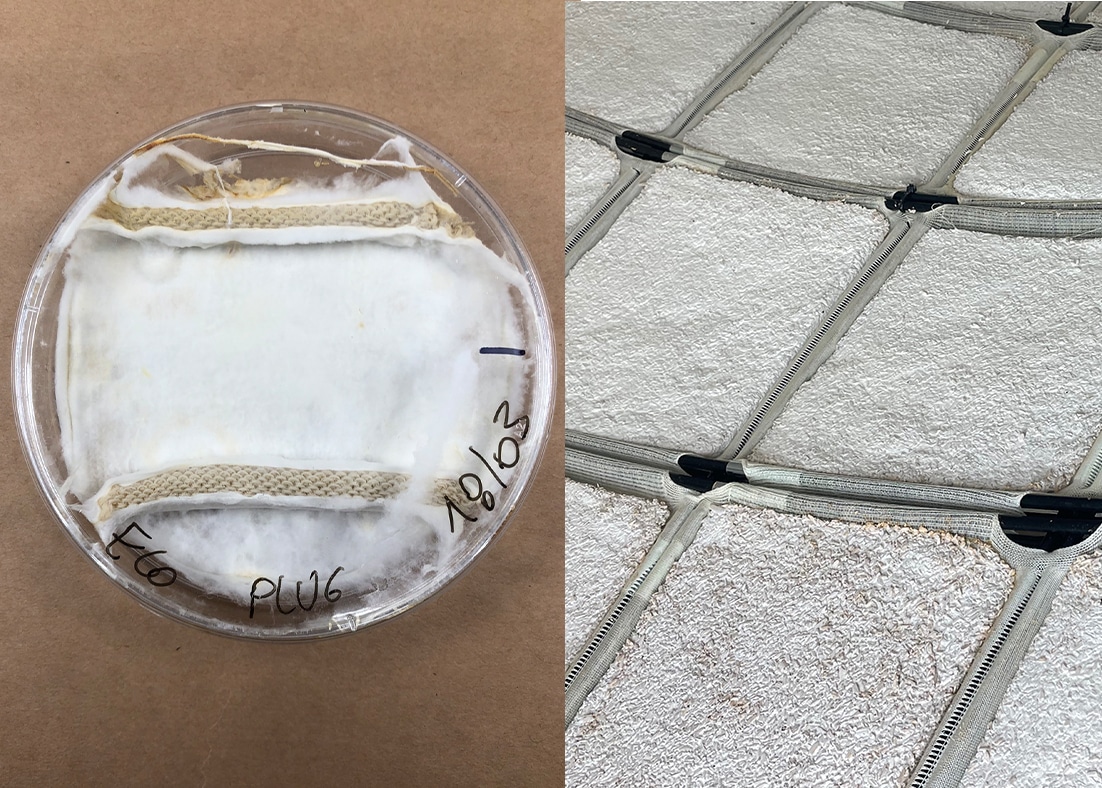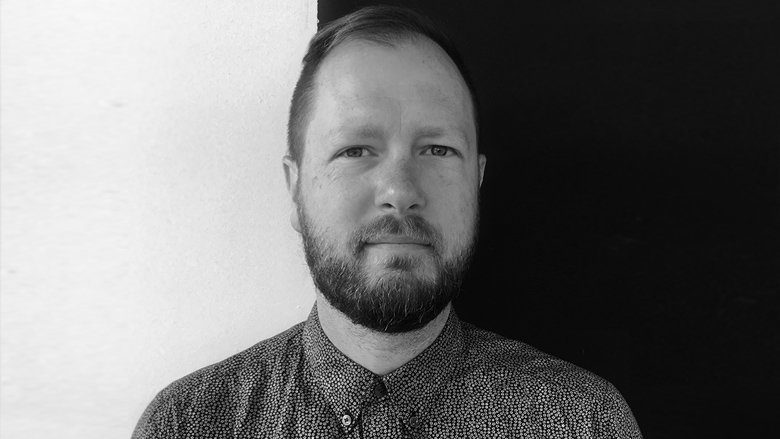University of Oklahoma Gibbs College Appoints New Director of Architecture Division
The Christopher C. Gibbs College of Architecture at the University of Oklahoma (OU) is pleased to announce the appointment of Daniel Butko, AIA, to a four-year term as Director of the Division of Architecture, effective July 1, 2024.
With deep prior design and construction industry experience, incoming Director Butko has combined interests in music, evidence-based design, and science. Since joining OU in 2010, he has served in several administrative roles, taught design studios and lecture courses, led architectural acoustic research, and advised students on nationally recognized projects. An award-winning educator and researcher, Butko has been honored with an EPA P3 Award, ASA Rossing Prize in Acoustics Education, Architect R+D Award, ACI Award, AIA OK Outstanding Educational Contributions Award, and more.
“Daniel impressed the search committee, which oversaw the national search, with his enthusiasm for collaboration, ability to connect with students, and his widely recognized acoustics and building technology research,” stated Gibbs College dean Hans E. Butzer, FAIA.
“Since 2010, Daniel has played a leading role in shaping the architecture program’s curriculum, which was recently lauded by the National Architectural Accreditation Board for its rigor and comprehensive approach.”
As Director of the Division of Architecture, Butko will lead the implementation of the Division’s recently approved Strategic Plan, in coordination with the GCA and University of Oklahoma strategic plans. His responsibilities will include promoting and supporting faculty in their pursuit of rigorous research, creative activity, and community engagement, including fostering cross-disciplinary initiatives. He will also be responsible for enhancing interdisciplinary collaborations within the college and across the university. Butko will coordinate closely with the Deans regarding program resourcing and success metrics, student enrollment, and faculty development. Additionally, he will work closely with the Dean and the College’s Director of Development to help meet fund-raising and endowment goals.
“I am excited and honored to serve as the Director of the Division of Architecture where our talented faculty, staff, students, alumni, communities, and industry partners will continue cultivating innovative architecture,” said Butko.
“Together we will build upon our extensive history of design excellence, technical prowess, and collaborative research. Our role in accessible, sustainable, resilient, and culturally engaged solutions will inspire additional teaching, research, and service initiatives and successes.”
Butko takes over the helm of OU’s internationally acclaimed architecture program from Dr. Stephanie Z. Pilat, who served two impactful terms as division director (2016-2024). In the 2023-2024 academic year, both of the division’s professional programs were re-accredited. Under Pilat’s leadership, the program has doubled in size, hired many exciting new faculty, collaboratively developed its strategic plan, and updated the Studio Culture Policy based on the latest research on learning and teaching.
Pilat has also co-led the American School Project, a collaborative effort with dozens of faculty, staff, and students to rediscover OU Architecture’s historical roots. This project included an exhibition at the 2018 Venice Architecture Biennale, as well as the 2020 “Renegades” exhibition and its award-winning catalog. Working with OU Libraries, the team helped create the American School Archive and secure funding to ensure this work continues in perpetuity.
“As a trusted colleague in the division, Daniel Butko has a reputation for being professional, reliable, kind, and supportive. He has developed and led many important initiatives including our cooperative education program, which helps place students in internships,” said Pilat.
“He has helped develop the curriculum for some of our most complex courses. He has been a wonderful mentor to junior faculty and has earned the trust and respect of colleagues. We are fortunate to have Daniel Butko stepping in to lead the Division of Architecture as our new Director.”
Reflecting on this transition, Dean Butzer said, “Daniel is the ideal person to take over from Stephanie, as he also cherishes the program’s existing strengths and is eager to leverage new opportunities to help define the future of the American School.”
Please join us in congratulating Director Butko on his new role.

 Study Architecture
Study Architecture  ProPEL
ProPEL 





